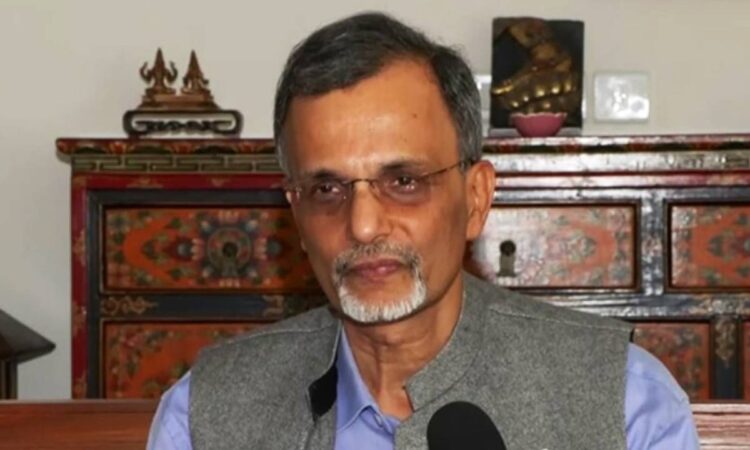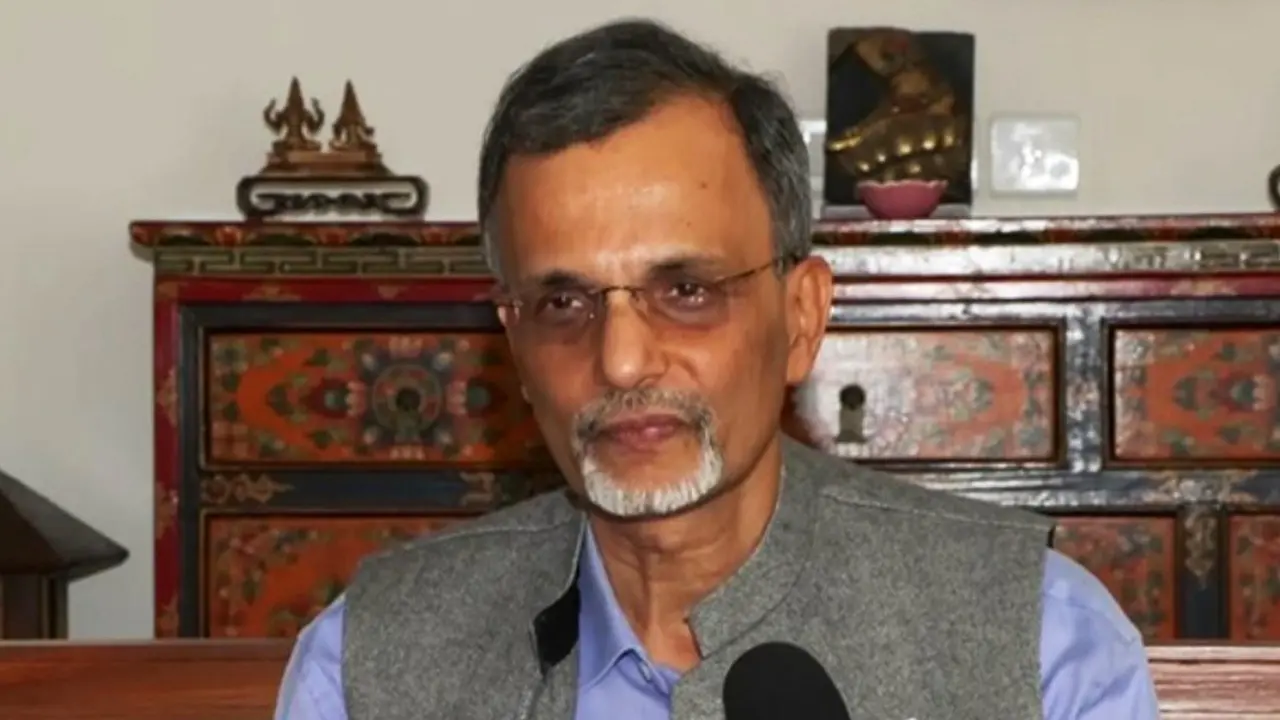

CEA V. Anantha Nageswaran. | Image:
ANI
Chief Economic Adviser (CEA) V. Anantha Nageswaran has firmly dismissed speculation that India is considering an alternative currency to replace or reduce dependence on the US dollar.
Speaking on Wednesday at the AIMA 52nd National Management Convention, he clarified that no such plans are under consideration and emphasised that India’s economic focus lies in strengthening domestic resilience and sustaining growth.
Dollar Speculation Put to Rest
Recently, there have been discussions in some quarters about whether countries, including India, might move away from the dollar as the dominant currency in global trade.
Nageswaran made it clear that these concerns are misplaced. “India is not exploring an alternative to the US dollar. No such move is on the table,” he said.
His remarks reinforce India’s continued engagement with the dollar-led global financial system, even as the world faces uncertainties from tariff disputes and geopolitical tensions.
Growth Outlook Remains Strong
Despite external headwinds, the CEA said the Indian economy remains on “a firm footing.”
He noted that the net impact of US tariffs and the recent changes in Goods and Services Tax (GST) will only trim GDP growth for FY26 by about 20–30 basis points. Growth is still projected between 6.3% and 6.8%, highlighting India’s resilience.
According to Nageswaran, this resilience is not accidental but the outcome of over a decade of structural reforms. Key policy measures such as the Insolvency and Bankruptcy Code, GST, Real Estate Regulation Act, and consolidation of public sector banks have laid the foundation for long-term stability.
Digital transformation, infrastructure upgrades, and the gradual formalisation of small and medium enterprises have also boosted confidence in India’s economic management.
Credit Rating Upgrade and Fiscal Discipline
The CEA pointed to India’s sovereign credit rating upgrade—the first in nearly two decades-as proof of growing global trust in the country’s policies.
On fiscal discipline, he reiterated that the government is on track to meet its target of reducing the fiscal deficit to 4.4% this year, sending a positive signal to investors and markets.
Tariffs and Domestic Demand
While US tariff actions on Indian exports remain a risk, Nageswaran argued that their short-term impact would be limited. Exports to the US in the first five months of this financial year have already reached nearly half of last year’s total.
He added that the simplification of GST would inject about ₹50,000 crore into the economy, creating fresh domestic demand that can offset any export-related slowdown.
Balancing Technology and Jobs
Nageswaran also spoke about the challenge of balancing technology adoption with job creation. India needs to generate at least 8 million jobs annually, and while technologies like artificial intelligence boost productivity, businesses must ensure they do not disrupt social stability.
Labour reforms, he said, should be seen as a partnership between government and industry to create both flexibility for employers and opportunities for workers.
The CEA concluded by stressing that future reforms must involve close cooperation between government and private enterprises. “Sustainable growth is about expanding the economic pie, not redistributing it,” he said.




